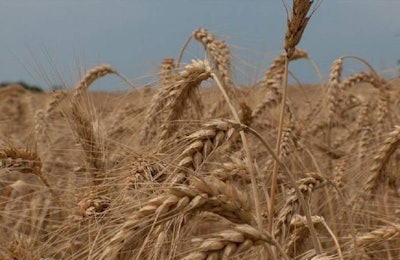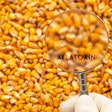
There is a new confirmed report of deoxynivalenol (DON) in winter wheat, according to Neogen’s Monday Mycotoxin and Crop Report from July 16.
The new report of DON comes from Michigan. This is in addition to previous reports of DON in winter wheat from Pennsylvania, Indiana, North Carolina, Maryland, Delaware, Tennessee, Virginia and Illinois.
Rainfall and weather conditions are a major factor in mold development in crops. Extreme high temperatures and drought increase risk for aflatoxin and fumonisin, whereas fusarium prefers wet conditions and moderate temperatures, and aspergillus prefers drier and warmer conditions. In a study on oats, higher levels of DON were associated with higher rainfall during heading and flowering, while lower levels were associated with rainfall during early growth phases. T-2 and HT-2 toxins had higher levels associated with rainfall during early stages of development and lower levels associated with rain during heading and flowering.
Crop progress
Winter wheat is 63 percent harvested, which is two points ahead of the five-year average.
Spring wheat is 81 percent headed, which is 12 points ahead of the five-year average. Eighty percent of spring wheat is in good to excellent condition, while 4 percent is in poor to very poor condition.
Thirty-seven percent of corn is in the silking stage, which is 19 points ahead of the five-year average. Seventy-five percent of corn in is good to excellent condition, and 7 percent is in poor to very poor condition. States with the highest poor to very poor ratings of corn are North Carolina, Texas, Missouri and Kansas.
Oats are 91 percent headed, two points ahead of the five-year average. Seventy-three percent of oats are in good to excellent condition; 6 percent is in poor to very poor condition.
Barley is 78 percent headed out, five points ahead of the five-year average. Eighty-five percent of barley is in good to excellent condition, while 3 percent is in poor to very poor condition.
















